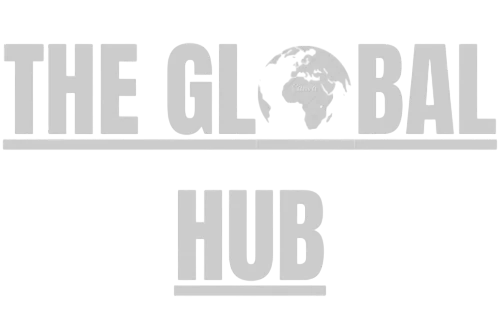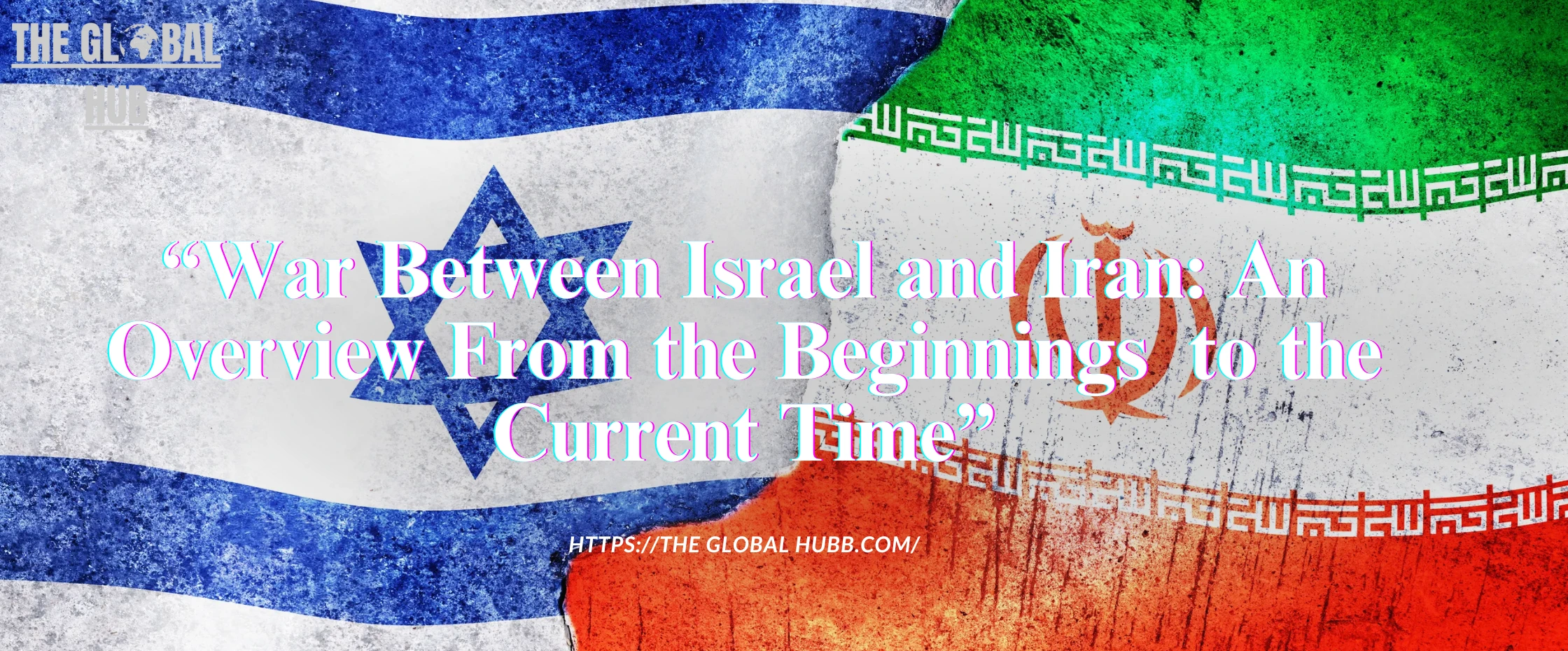The Israel-Iranian War, breaking out into open warfare in June 2025, represents a stunning and dangerous intensification of a decades-old struggle that has shaped the security, politics and alliances of the Middle East. This blog covers the background of the conflict, the path to overt hostilities, military developments, humanitarian effects, and wider regional and global repercussions.
History: From Allies to Adversaries
Table of Contents
Toggle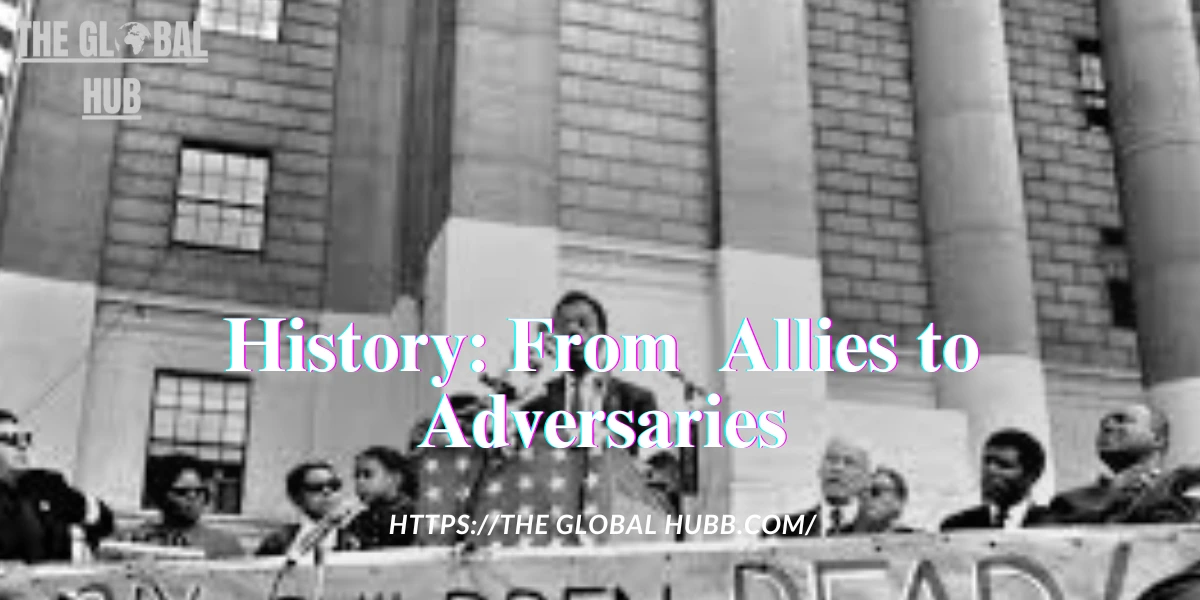
The two faced nations have been transformed. The two countries were close before the 1979 Islamic Revolution, sharing common interests against Arab nationalism, Soviet influence and ties with Israel. Nevertheless, the revolution installed a regime in Tehran that turned the opposition to Israel into a cornerstone of their ideology, declaring Israel to be an alien entity and declaring its destruction.
Key Drivers of Hostility
- Ideological Opposition:
Iran’s leaders have also consistently opposed Israel’s existence, and namely Iran’s Supreme Leader Ayatollah Ali Khamenei whom has made it Iran’s policy to eliminate Israel as a “cancerous tumour”. - Proxies War:
Iran has created a collection of proxies – Hezbollah in Lebanon, Hamas and Islamic Jihad in Gaza, the Shiite militias in Iraq, the Houthis in Yemen – specifically to fight Israel and project Iranian power. - Nuclear Ambitions:
Israel considers Iran’s nuclear program to be an existential threat hearted by the Jewish state, fearing that a nuclear-armed Iranian government would encourage its proxies and bring even more instability to the area.
The Long Shadow War
For years, Israel and Iran had fought a shadow war, striking each other’s assets and allies but stopping short of a direct conflict. This included:
- Israeli attacks on Iranian sites in Syria.
- Iranian backing and weapons to groups attacking Israeli territory.
- Killing of Iranian nuclear scientists, attributed to Israel.
- Cyberwarfare and undercover operations on both sides12.
This proxy war turned hot following the 2023 Excavations War, a period of unprecedented violence that further entrenched regional divides.
Direct War Escalation: The Path to the War
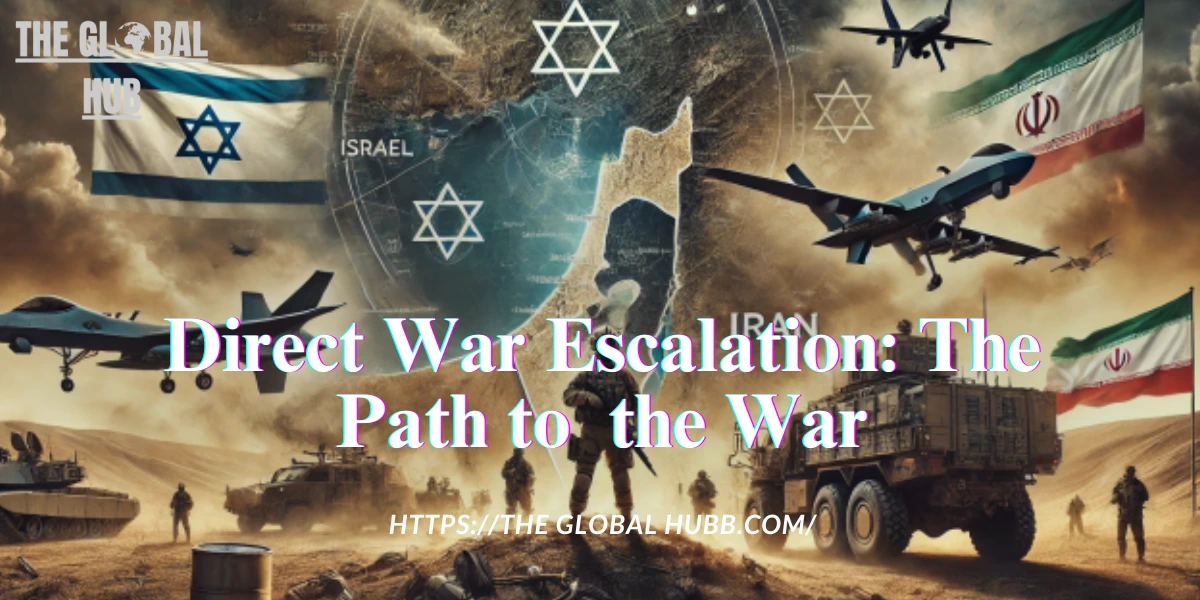
Trigger Events
- Assassinations and Retaliation:
Late 2024 Israel stepped up its offensive in Iran’s proxy wars, killing high-ranking leaders of Hezbollah and Hamas. Iran retaliated by missile and drone strikes directly against Israel in October 2024 and April 2025, abandoning its previous indirect approach352. - Israeli Attacks on Iran:
On June 13, 2025, Israel carried out several air strikes against Iranian military commanders and nuclear installations, The strikes were made in response to intelligence indicating that Iran had reactivated its nuclear weapons program64.
Military Calculus
The Israeli decision to attack was motivated by:
- The apparent implosion in Iran of its “Axis of Resistance” (proxies abroad).
- Successes on the ground in prior attacks, such as the ruination of Tehran’s strategic air defense system.
- A threshold of intelligence about Iran’s nuclear program had been obtained.
The War in Action: Strategy and Tactics
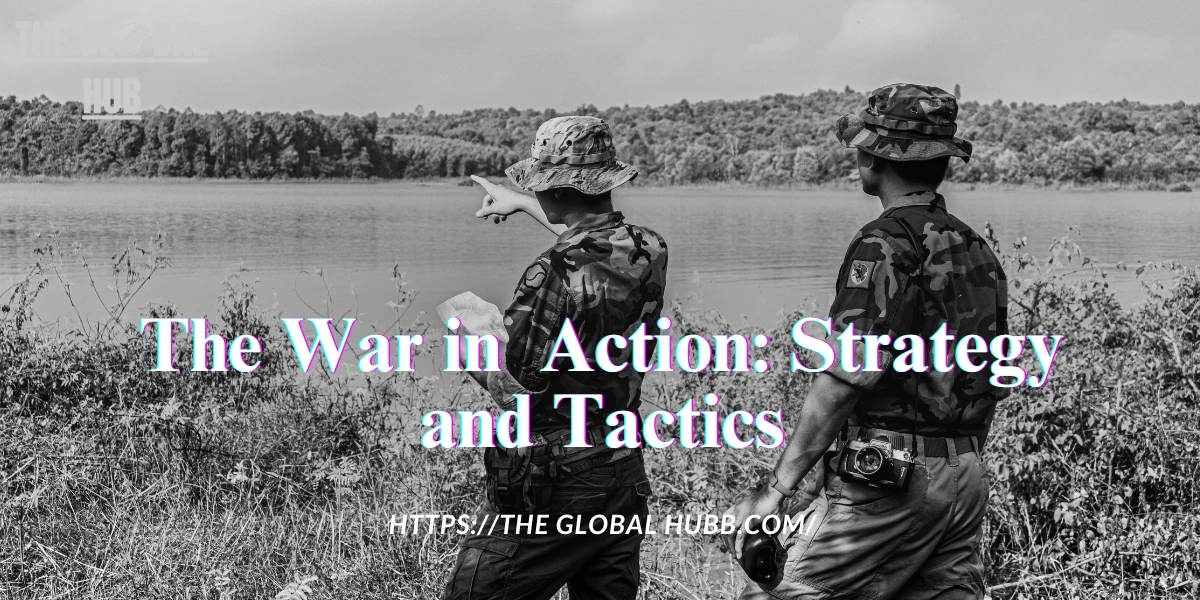
Iranian Retaliation
Iran replied to the Israeli airstrikes with a salvo of some 400 missiles and several hundred drones directed at military and civilian sites inside Israel. Although Israel boasts some of the world’s most sophisticated air-defense systems, Mossad, the lulz be so gigantic I can’t even tell if this is /pol/ or bunkers from Iran that have already started sniping Saudi troops in their own soil. Some Iranian ballistic missiles have managed to reach targets there inflicting heavy casualties and damage.
Key Incidents
- Iranian strikes in Israel killed at least 24 people and wounded hundreds more, necessitating mass evacuations to bomb shelters.
- The Kirya military headquarters of Israel in Tel Aviv as well as the intelligence headquarters were targeted with limited damage.
- Iranian authorities reported direct hits against Israeli intelligence and Mossad bases78.
Israeli Air Campaign
Israel’s air force, making use of holes in Iran’s air defense system, hit deep within Iranian territory:
- Quds Force command centers in Tehran were struck.
- Explosions were reported in the vicinity of major nuclear facilities, including Natanz and Fordow.
- Israeli government sources said 120 missile launchers were taken out and that they now have “complete air superiority” just as the 6 day battle over the skies of Tehran was said to be all but over6.
Proxies and Regional Escalation
- Hezbollah fired volleys of rockets from Lebanon, and the Israeli military carried out its largest ground and air offensive in southern Lebanon….
- The Houthis in Yemen and Shia militias in Iraq also targeted Israeli interests, expanding the conflict’s geographical scope.
Impacts on Humanitarian and Political Dimension
Casualties and Displacement
- More than 240 Iranians, including women and children, were killed in Israeli attacks.
- On several Israelis were killed and much property was damaged on Israeli territory as a result of Iranian missile attacks.
- In Lebanon, late in 2024, Israeli actions displaced hundreds of thousands and resulted in the death of more than 700 people (over 600 not engaged in combat), presaging the human toll to be counted and recorded in the war now being fought5.
Domestic Reactions
- Protesters took to the streets of Western capitals and across the Middle East, where they called for solidarity with Palestinians and an end to the fighting.
- Iran and Israel leaders pledged to fight on, depicting the conflict as life-or-death for their countries6.
Foreign relations and diplomacy

US and Global Powers
- The United States, under President Trump, conveyed its strong backing for Israel, but moved military assets to the region and signaled reluctance to engage in a prolonged war. Trump threatened the leadership in Iran, and said that Israel acted with knowledge of the US, despite American officials initially denying that86.
- The UK and EU appealed for calm and stressed the importance of preventing Iran from obtaining nukes and favouring diplomatic solutions6.
- Traditional supporters of Iran in the region, Russia and China condemned Israeli strikes and urged de-escalation.
Sanctions and Economic Impact
- The US and EU imposed sanctions against Iran on its military and nuclear sectors5.
- The fears that the global energy supply could be disrupted Ratcheted up after oil prices surged in response to concerns about shipping lines in the Persian Gulf4.
The Role of the Military Technology Edge
Missile Defense and Air Warfare
- The Iron Dome and other layers of Israeli air defense successfully have intercepted most of the incoming threats, but have been overwhelmed by the quantity and quality of Iranian missiles, including hypersonic missiles capable of evasion7.
- Iran’s air defense systems, previously perceived as formidable, significantly weakened and degraded by Israeli strikes, thus providing the Israeli air force considerable freedom of maneuver above principal Iranian targets4.
Cyber & Intelligence Activities
- Both sides have used cyber technology and intelligence to disrupt military c2, with Israel having a highly penetrative network into Iranian systems (Cohen and Karol 2010).
Scenarios: How Could the War End?
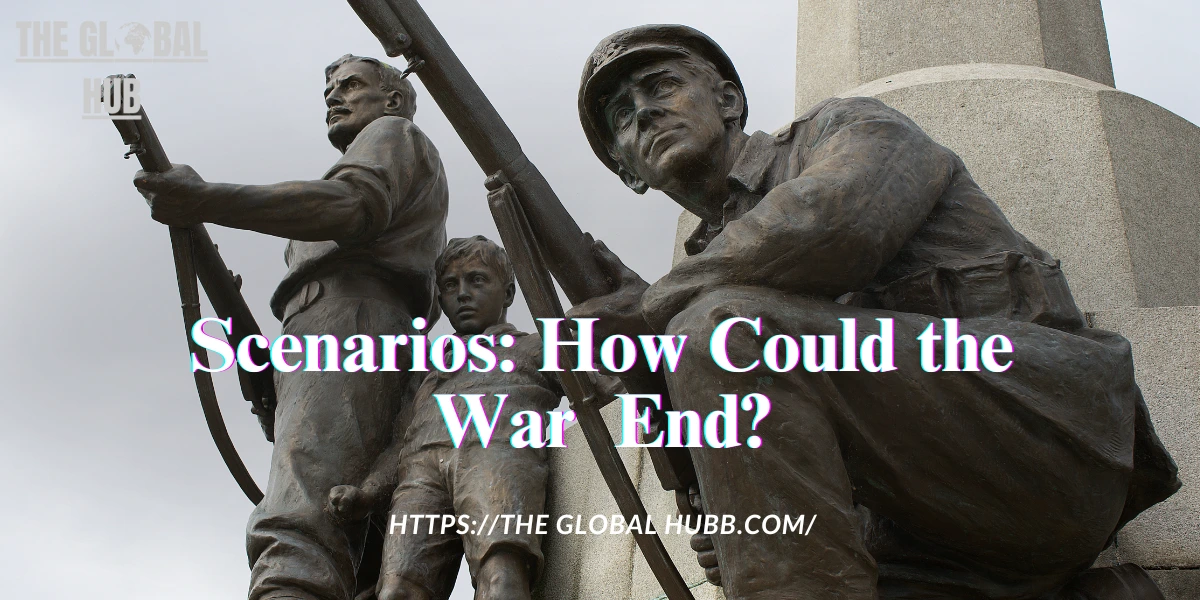
The end of the Israel-Iranian War is open ended: WE DON’T KNOW And a number of scenarios:
The Israel-Iran confrontation with its unprecedented wave of airstrikes, missiles barrages and proxy wars is uncertain. Analysts and military experts sketch out a number of possible scenarios, influenced by military dynamics, geopolitical pressures and internal realities in both countries. The following are some of the scenarios in question:
- Face-Saving Truce with Minor Concessions:
Iran might be able to strike back symbolically, trumpet domestic propaganda victories and going to the international community for a cease-fire. This echoes Hezbollah’s 2023 ceasefire with Israel, when both sides averted all-out war despite heavy casualties.- Mechanism: UN brokered US cease-fire allowing Iran to spin victory as “strategic” but with some limited inspections, partial nuclear program powder keg6.
- Obstacles: Israel is calling for the dismantling of Iran’s nuclear facilities together with Iran’s enrichment rights, Tehran is unlikely to retain this26.
- Blowback: Iran Regime Unrest / Coup:
Israel’s pinpointed attacks against leadership and infrastructure could inflame internal rifts within Iran’s theocratic regime, but analysts believe it is unlikely to spark a popular uprising.- Power Struggles: The assassinations of Quds Force commanders and attacks on Revolutionary Guard bases could lead to infighting among the elite or a coup15.
- Outcome: It could lead to a more repressive regime, one focused on survival rather than regional aspirations1.
- Prolonged “Forever War”:
A transition to chronic low-intensity conflict, punctuated by Israeli airstrikes, Iranian proxy attacks and cyberwar.- Features:
- From time to time Israel carries out raids on nuclear facilities or on its leadership.
- Iran repays in kind with missile barrages, terrorism or Houthi/Hezbollah attacks64.
- Risk: Iran could surreptitiously resurrect its nuclear program, taking advantage of Israeli strikes that only partially eliminate infrastructure, such as at Fordow67.
- Features:
- S.-Led Military Escalation:
Direct American participation becomes a real possibility if Iran hits American assets (bases in Iraq, say, or Gulf shipping lanes).- Triggers:
- Iranian attacks claim American lives…. Strait of Hormuz Blocked, World Oil Shortage Occurs4.
- Impact: U.S. bombers with bunker-busting weapons (e.g., GBU-57) could take out hardened nuclear facilities, severely setting back Iran’s program7.
- Triggers:
- Negotiated Nuclear Agreement:
A revitalized agreement, facilitated by the United States or international powers, places tougher restrictions on Iran’s nuclear work in return for an easing of sanctions.- Requirements:
- Unfettered IAEA access for inspections of Iranian installations.
- Dismantling of advanced centrifuges and limitation of stockpile25.
- Hurdles: Netanyahu ‘zero enrichment’ is an alternative to by studioii rede lines25.
- Requirements:
- Proxy-Driven Regional War:
Spread to a multistate war that incudes Hezbollah, the Houthis and Shiite militias.- Risks:
- Israel’s ground offensives in Lebanon.
- Houthis’ assault on Red Sea shipping.
- Russian and Chinese Support for Iran, Thereby Obstructing Diplomacy34.
- Israeli Tactical Nuclear Strike?:
Last resort if Iran gets close to nuclear weapons capability.- Targets: Bunker-buster-proof underground facilities, such as Fordow7.
- Possible effects: Universal condemnation, possible radioactive fallout and broader war.
- Face-Saving Ceasefire:
Iran could carry out a series of high-profile strikes, declare success for its domestic audience and accept a cease-fire that would likely be brokered by the US or through other international channels. This would be analogous to Hezbollah’s agreement to a cease-fire in the wake of overwhelming Israeli shelling in Lebanon9. - Prolonged Regional Conflict:
The conflict could metastasize, involving proxies and regional states in ways that destabilize the Middle East, and provoking direct U.S. or Russian intervention. - Regime Change versus Leadership Decapitation:
Israel’s operation to target Iranian leadership can potentially destabilize the regime, though at the cost of increasing disorder and unintended consequences6. - Nuclear Escalation:
Tehran might respond to the destruction or extensive sabotage of its nuclear program by expediting an effort to obtain or produce nuclear weapons, which could lead to a regional arms race or more pre-emptive attacks by Israel.
- Risks:
Consequences: For Regional and Global Security
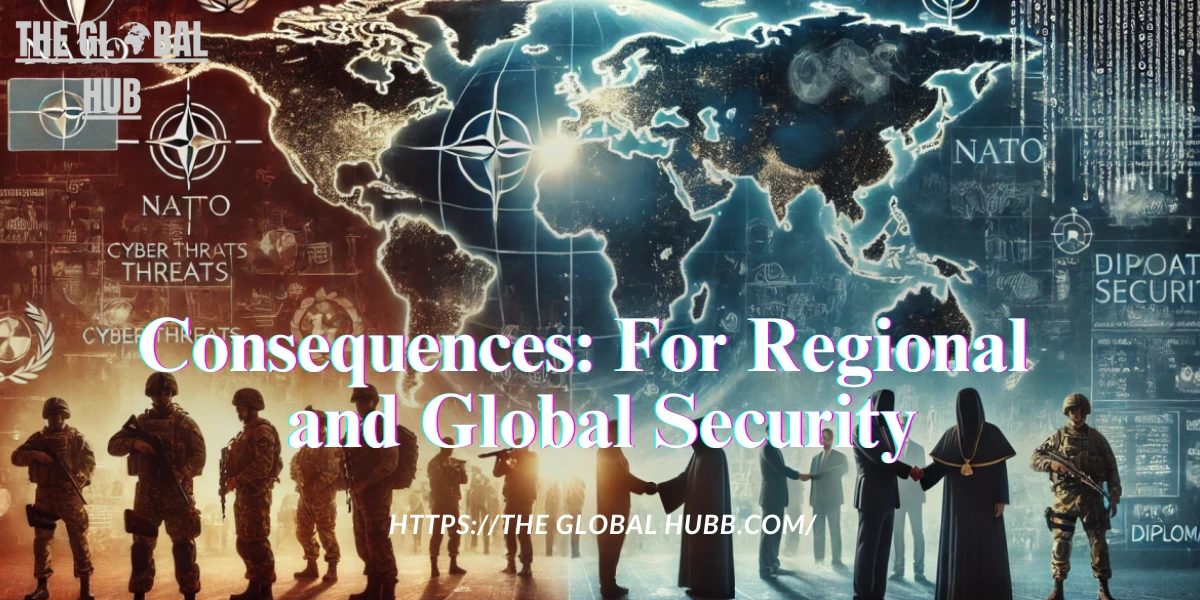
Middle East Realignment
- Arab governments, several of which have normalized relations with Israel, are under pressure from their own populations to resist Israeli actions, complicating the diplomatic effort.
- The conflict has exacerbated sectarian and ideological fissures, SunnI Arab regimes find themselves leery of both Iranian expansionism and Israeli military hegemony31.
Global Energy Markets
- Protest in the Persian Gulf puts global oil at risk:With potential consequences for the global economy.4.
Humanitarian Crisis
- The war has already killed and displaced tens of thousands, while aid groups have warned of a potential humanitarian disaster if the fighting doesn’t stop758.
- The deteriorating human costs of direct confrontation between Israel and Iran are being felt across the region and beyond, as civilians inboth countries are seeing their cities pounded into ruins.
Deaths of Non-Combatants and… Extensive Damage
- In Iran: Israeli airstrikes have hit dozens of targets, including civilian and infrastructure sites. At least 224 have been killed and over 1,200 injured since Tuesday in Gaza, with many of the dead including women and children12, according to Iran’s Health Ministry. Attacks on civilian vehicles, like the one in Najafabad, have slaughtered entire families that included pregnant women and one-year-olds3.
- And in Israel: Iranian missile volleys have landed in towns and killed at least 13 people and injured nearly 400 in one wave of assault14. Apartment blocks and public buildings have been affected with thousands of residents evacuated and put up in hotels or temporary homes34.
- In Gaza: As the world’s focus turns to Israel’s conflict with Iran, the humanitarian disaster in Gaza drags on. In a single day, Israeli strikes have killed more than 140 people, with hundreds more killed or injured in recent weeks as they looked for food aid5. Virtually all of Gaza’s population has been uprooted, and a major food catastrophe is in motion
Conclusion: A Final Scene on the Edge
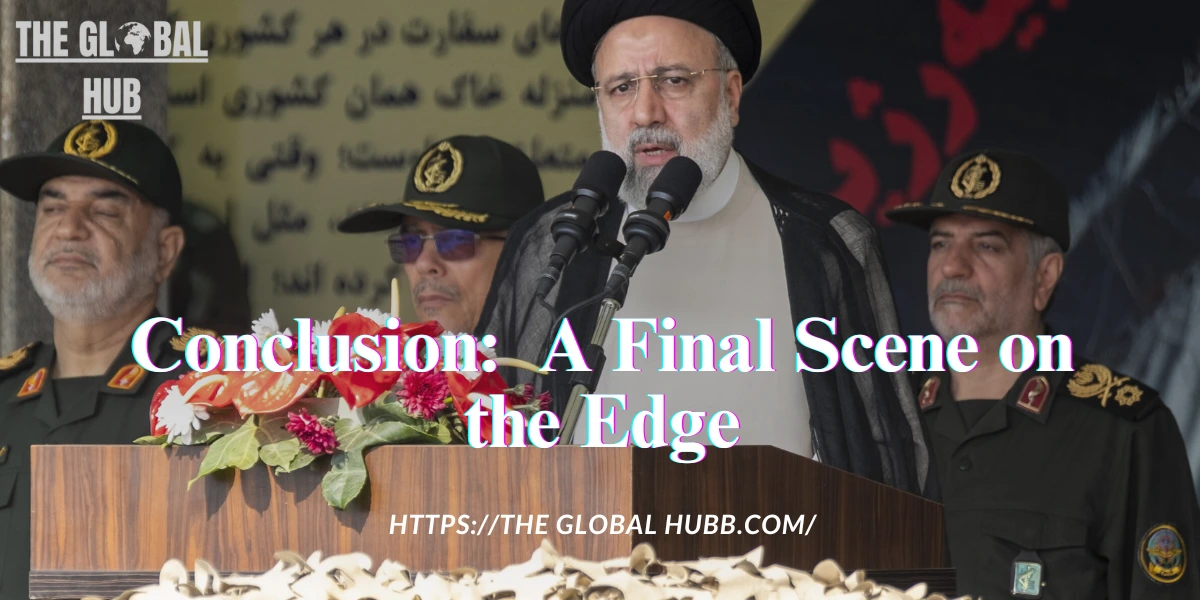
The Israel-Iran War is the endgame of decades of proxy fighting and terrorism. Its outcome will impact the Middle East for years to come, with huge consequences for global security, energy markets and the international order. The world watches with trepidation, hoping for a diplomatic breakthrough that would stop the slide into even more bloodshed.
External Link:
For further expert analysis on the evolving Israel-Iran conflict, see this comprehensive overview by the Atlantic Council (https://www.atlanticcouncil.org/blogs/menasource/twenty-questions-and-expert-answers-on-the-israel-iran-war/)
